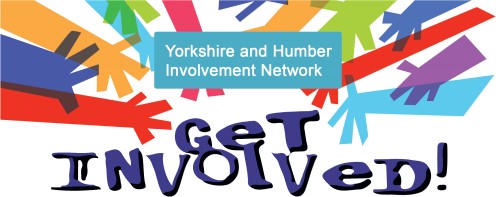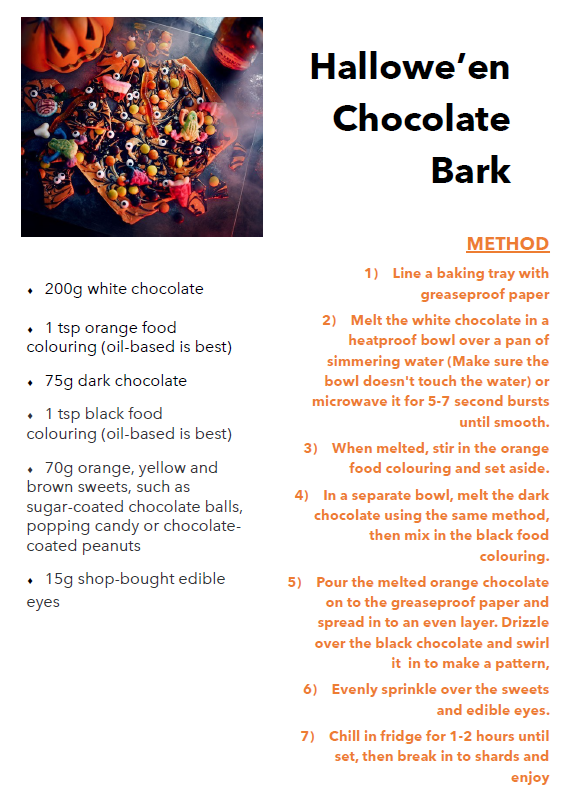By Rick Mason
For as long as we can remember, we have celebrated Hallowe’en. Whether that be dressing up in spooky costumes, carving scary faces out of pumpkins, taking to the street with friends to go “Trick or Treating”, or telling ghost stories. But why?
It is thought Hallowe’en, or All Hallows Eve, was originally a Christian festival, as it is the day before All Hallows Day on November 1st. All Hallows Day, now known as All Saints Day, is a festival to celebrate those who have departed from this earth. Like many of the early Christian festivals, it was traditional to hold a vigil the night before a major celebration to encourage reflection and appreciation. That’s one theory anyway…!

Another suggestion is that Hallowe’en is linked to a Pagan celebration called Samhain (pronounced Sah-Win). Samhain is a Celtic festival that celebrated the Celtic New Year and the end of the summer and harvest months, and welcomed in winter, which the early pagan Celts associated with death. During this festival, the Celts believed the veil between the living and the dead was especially thin which allowed the spirits to visit the living. Many who feared these spirits would dress up in frightening costumes in an attempt to scare off the dead. Spooky, right…?! The word Samhain also lends it’s name to the fear, or phobia, of Hallowe’en…Samhainophobia! Believe it or not, never has there been a Hallowe’en that falls on Friday 13th…thought to be the unluckiest or spookiest of days in the modern calendar!

The reality is, it is probably a combination of the two, as many of the modern festivals that we celebrate often have roots in early Christian or Pagan celebrations that have evolved and developed over many years. Whichever one you prefer, it’s clear to see where some of our modern Hallowe’en traditions come from.
Let’s have a look at some of those traditions. Firstly, pumpkin carving. It is a Hallowe’en staple activity, carving or painting scary or funny faces on to pumpkins and putting them outside. This originated in Ireland, where the Celts would carve scary faces on turnips or beets before the night of Samhain and place them outside their homes to scare of the unwanted spirits of the dead. Over time, this grew in to pumpkins, owing to their size, and eventually, a candle was placed inside to make the faces look even scarier. Nowadays, the pumpkin is a classic symbol for Hallowe’en all over the world. If you’re making a pumpkin lantern this year, why not try our Roasted Pumpkin Seed recipe (below) for a healthy Hallowe’en snack!

Trick-or-Treating is an interesting one. Personally, I turn the lights off and keep the front door locked to avoid them! There is much debate around the origins of trick-or-treating, but generally there are three theories. The first idea is that during Samhain, people would leave food out to please the visiting spirits. Over time, people began to dress as these spirits in exchange for similar offerings of food and drink. The second idea says that swapping sweets come from the Scottish practice where poor adults and children would dress up to look like spirits and go from house to house, exchanging prayers of protection from the visiting spirits for food or money. Over time, this developed to something non-religious, and prayers became jokes, or “tricks”. A third idea is that modern trick-or-treating stems from “belsnickeling,” a German American Christmas tradition where people would dress in costume and then knock on neighbour’s door to see if they could guess the identities of the person in the costume, and if they could fool their neighbour, they would be rewarded with sweets.
Finally, bobbing for apples. Not a particularly common one nowadays due to the health and safety problems involved! It was said that bobbing for apples was to predict who you would marry in the future. The person would catch an apple in their mouth from a bucket of water. They would then peel the apple, keeping the peel in one long piece. They would then throw this in the air and the peel would be guided by the visiting spirits to land in the shape of the initial of their true love who they would one day marry. Although this was originally an ancient Roman practice, it was used during the Celtic Samhain celebrations.


Hallowe’en can be an enjoyable time of year, and I would encourage you to celebrate the old traditions in one way or another. To help you do this, I have included some resources for you to download and enjoy. It would be great to get some pictures or blogs of how you mark this time of year. I also hope that you have enjoyed reading this blog and learning about Hallowe’en and where it comes from. It’s been great fun researching some of the old traditions that generations have been involved in over the years too.
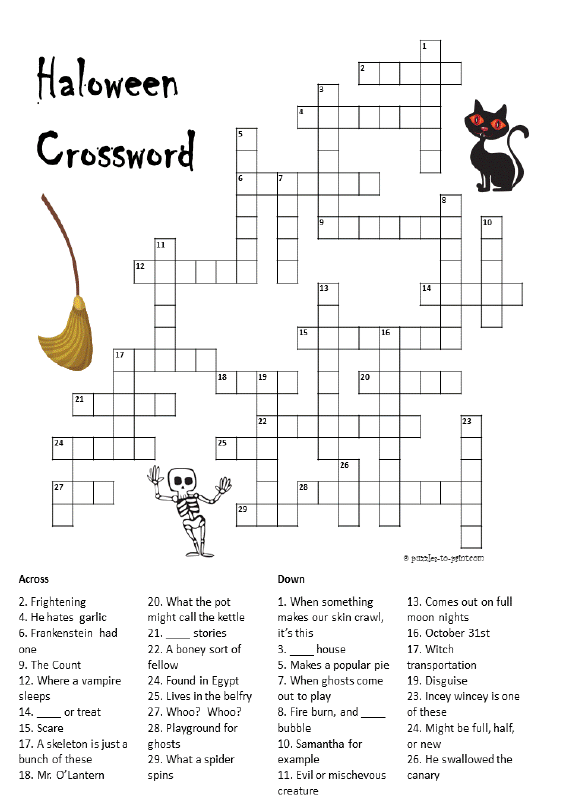
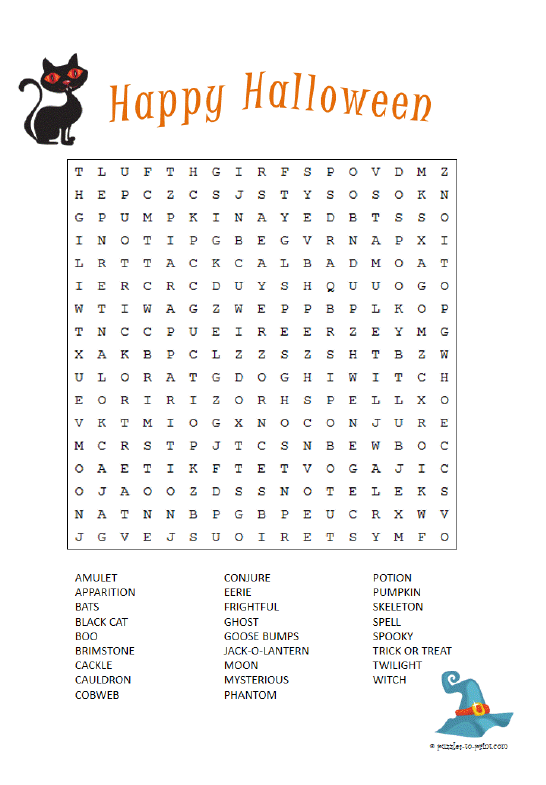
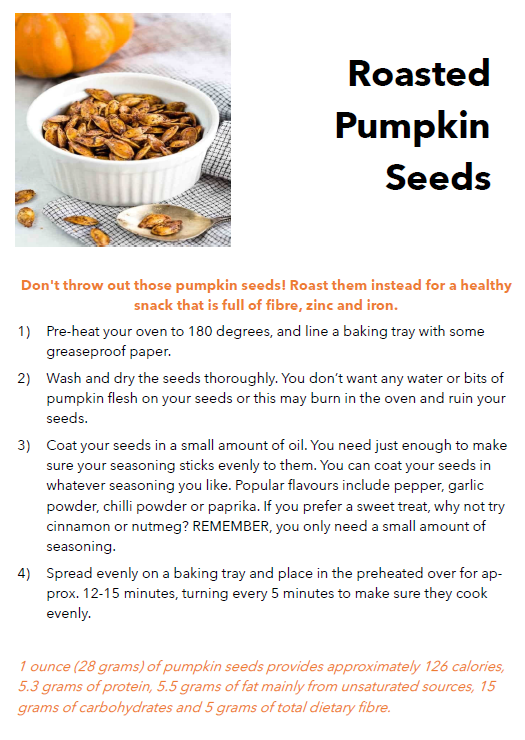
Halloween Quiz
Why not give our spooky Hallowe’en quiz a try? Some of the answers maybe lurking amongst the Hallowe’en blog with the visiting spirits…!
- What is a group of witches called?
- What does the German word ‘Poltergeist’ literally translate to?
- What animal is considered to bring bad luck on Halloween?
- In which Shakespeare play do the witches say ‘double, double toil and trouble’?
- Which fictional creatures multiply when they come into contact with water?
- What is the name of the pot witches use to brew potions?
- How many times in history has Halloween fallen on Friday 13th?
- What does the Grim Reaper carry?
- Which phobia means you have an intense fear of Halloween?
- In what year did Starbucks first release the Pumpkin Spice Latte?
- Who wrote Frankenstein in 1818?
- If you were born on Halloween, what star sign would you be?
- Halloween is celebrated the night before which day?
- Bobbing for apples originates from which ancient civilisation?
- In the ‘Friends’ episode ‘The One With the Halloween Party’ who wears a pink bunny costume?
- According to the song, which family were ‘creepy, kooky, mysterious and spooky’?
- What type of shop is featured in Little Shop of Horrors?
- What is the name of the castle cited as a source of inspiration for Dracula’s castle in Bram Stoker’s iconic book?
- What vegetable was originally carved to create a Jack-o’-lanterns before pumpkins?
- In Sabrina the Teenage Witch, what was the name of Sabrina’s pet cat?
We hope that you have enjoyed reading our blog, remember, feel free to use any of our suggestions for yourself. It would also be great to hear what has been happening in services to mark the occasion! Please do send us some photos or even a short blog telling us about your day!
All activities in this blog can be found as printables in the Resource section of the website 🎃
Have a spooky time! Thanks for reading! Rick.
